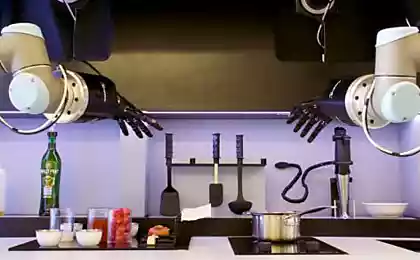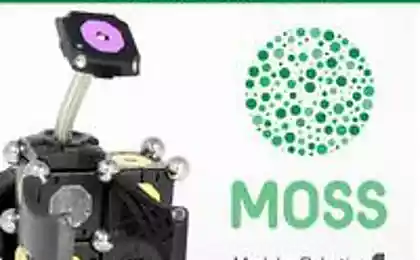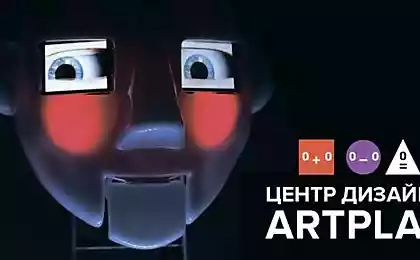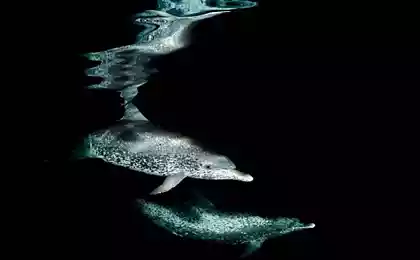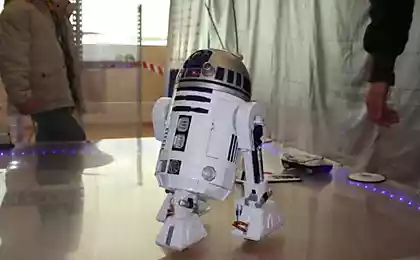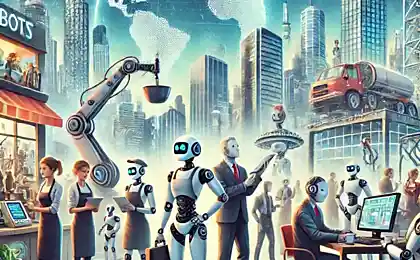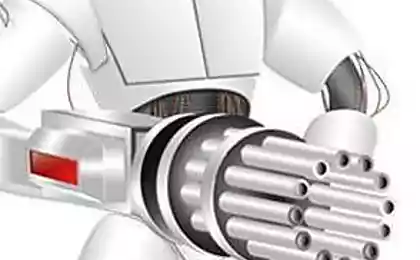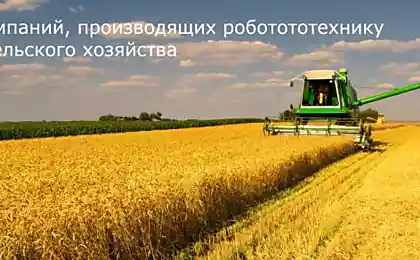1056
The robot is adapted to a loss of limb
The journal Nature published an article "The robots that can adapt animals» (Robots That Can Adapt Like Animals). It shows how robots can recover an injury in less than 2 minutes. The video above shows how the six-legged robot adapts and continues to walk even with two broken legs. The developed algorithm is also applicable to a robotic arm.
Living beings have a strong ability to adapt to injury. The dog may lose his paw, but after some time will still be able to play with his master. Splayed ankle people find a way to keep going. These features would be very useful in robots, which can also lose part of their bodies. How to tell the researchers, trauma animals do not start training from scratch. Instead, they use intuition. They pick a few ways to continue the work, test them and choose the appropriate one. The team of scientists was able to create robots that do roughly the same thing.
Prior to the operation of the robot uses a computer simulation of the process speed. Since compiled a detailed map of Conduct based on the new evolutionary algorithm MAP-Elites. The map contains the representation of the robot about the different methods of work and evaluation of their success. Hexapod gets damaged and is trying to use these ideas to control the learning algorithm. The old methods are no longer working distance - the card is six serviceable limbs. Experiments are conducted on the rapid detection of compensating behavior and Bayesian optimization. The new algorithm called "Smart trial and error» (Intelligent Trial and Error).
66,139,155
After injury robot learns. He has the idea of the previous behaviors that can work, and he begins to test them. But these ideas are based on a simulation of the robot without damage. Therefore, we must find a way to modify them to make them work. The robot performs experiments. If one does not work behavior, the robot will eliminate its entire group, and try something different. For example, if the movement front legs do not work, try to move the robot back. According to the results of experiments, the most important part is the preparation of maps and work with it. Interestingly, the hexapod motion as a result of beginning to resemble a wounded animal movement.
Researchers struck learning rate of damaged robots. For adaptation takes less than two minutes in the video, this process takes 20-30 seconds. Sometimes, as a result of adaptation of six-legged robot starts to move a little faster than before. This algorithm works well with a variety of other robots. For example, the video shows a robotic arm test object which has been transported to a given point of the object. It has been demonstrated that the method allows to adapt to the loss of two of the six legs of the two engines and breakage robotic arm. Hexapod was able to adjust to six different types of injuries, robotic arm - under 14.
New technology can help create a more reliable and autonomous robots. Search and rescue operations will not be associated with attention to robots and robotic personal assistants will continue to be useful even when serious malfunctions.
According to the materials Phys.org and news site Wyoming University . DOI: 10.1038 / nature14422 .
Source: geektimes.ru/post/251272/
Beautiful vintage painting. Genius fashion paintings and a luxurious madness.
The world's largest panoramic photo - 365 gigapixel
